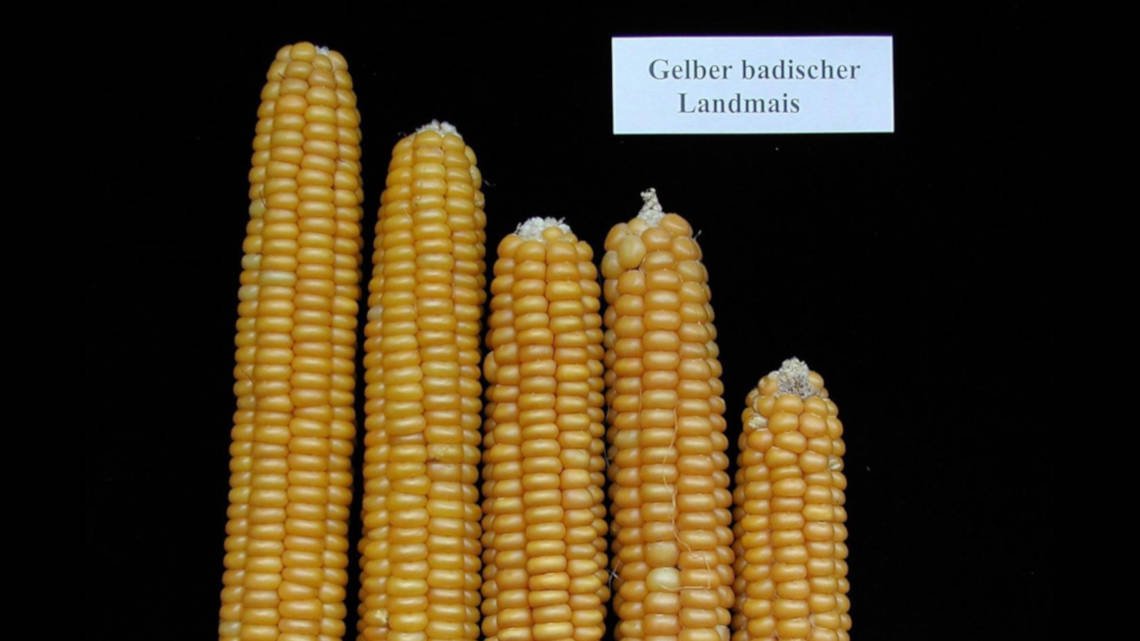Getting maize in shape for climate change
Plant researchers from Germany have unlocked the genetic potential of old landraces for breeding robust maize varieties that can withstand harsh conditions caused by climate change.

Strenzfelder, Lacaune or Lizagarotte - in Europe there are about 5,000 landraces of maize. They were developed during the 400 years of cultivation without systematic breeding. But for about 50 years, they have existed almost exclusively in gene banks, and elite breeding lines have taken their place. While the latter have been optimized for yield and quality, the land races have other strengths: they are more robust because they are well adapted to different environmental conditions. In times of climate change, breeders are looking for these characteristics for high-performance varieties as well. The MAZE joint research project, in which researchers from the University of Hohenheim played a major role, has now laid the foundations for this.
Generating pure lines
"The genetic resources slumbering in land races are hidden gold that has yet to be mined and purified," explains Albrecht Melchinger from the University of Hohenheim. The breeding of high-performance hybrids requires pure maize lines. However, landraces are mixed hereditary. Using special techniques, the plant researchers started out creating pure lines from the landraces.
Cold tolerance as protection against drought
"Now, the gold has been mined. In the second step, we have to purify it," Melchinger illustrates. "This means that the lines must now be checked with regard to their cold tolerance." Even if it sounds absurd at first glance, cold tolerance can protect maize from drought damage in times of climate change. "If maize could cope better with low temperatures, we could sow earlier and, due to the growth advantage, have stronger plants during the first drought period," Melchinger explains.
Genetic diversity developed for breeding
Together with KWS Saat AG and the Technical University of Munich, the Hohenheim-based company tested around 1,000 lines for their cold tolerance and carried out perennial test cross breedings with 125 lines to test yield and quality. Some of the lines even came close to the performance of elite varieties. "This genetic diversity has now been developed for breeding and will be available to breeders in future," summarizes Melchinger. Agriculture can no longer afford the luxury of focusing only on yield and quality in times of climate change, he stressed. The Federal Ministry of Education and Research is funding the MAZE project with a total of around 4 million euros.
bl/um


